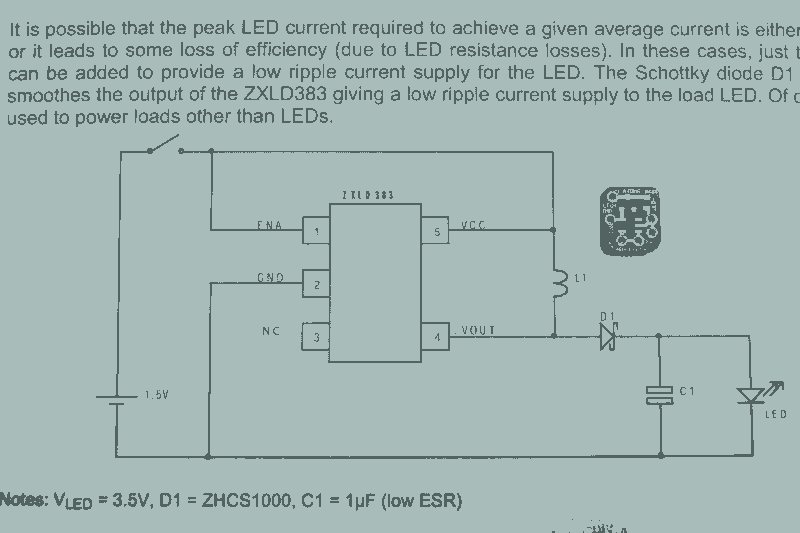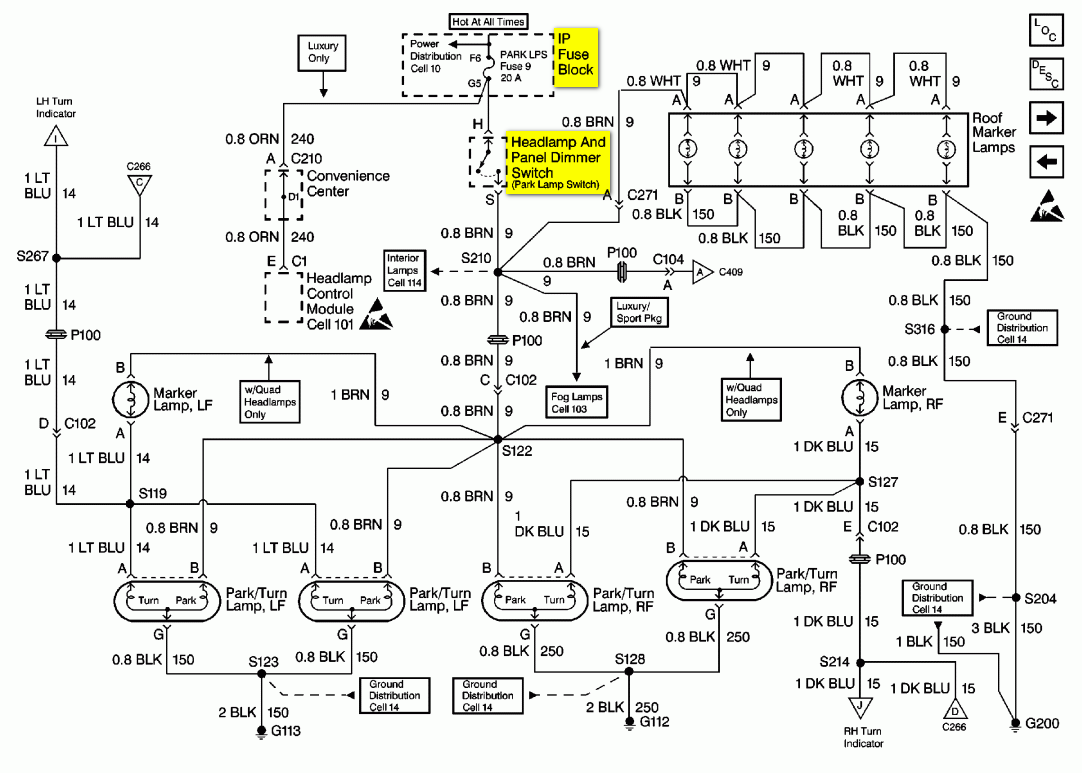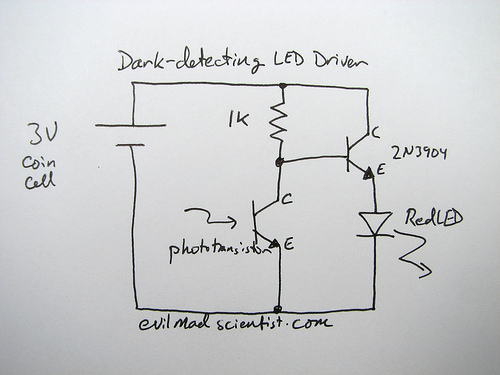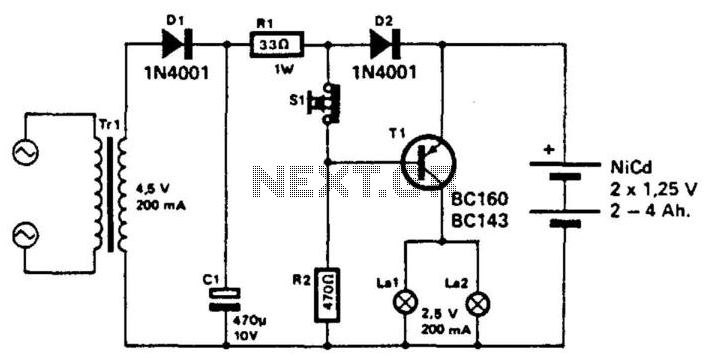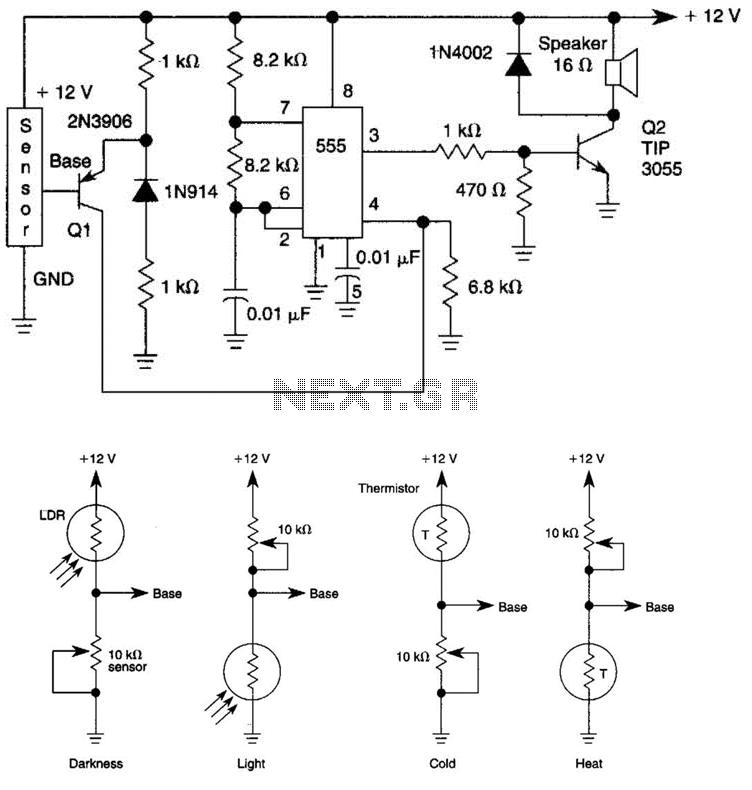
traffic light interfacing with spartan 3 primer
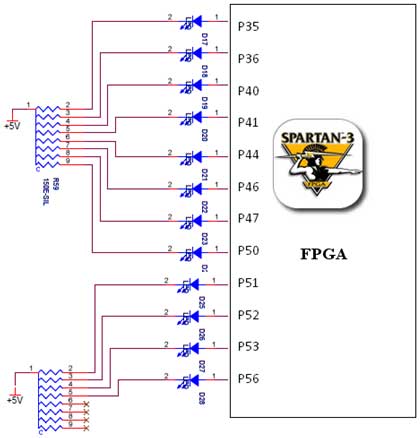
The Spartan-3 board features a traffic light controller utilizing FPGA I/O pins. The traffic light controller card consists of 12 point LEDs arranged in 4 lanes. Each lane is equipped with three LEDs: Go (Green), Listen (Yellow), and Stop (Red). Current limiting resistors are included for each LED to restrict the current flowing to them.
The Spartan-3 board serves as a versatile platform for implementing a traffic light controller, leveraging the capabilities of FPGA technology. The design incorporates 12 point LEDs, strategically organized into 4 lanes, with each lane representing a different traffic direction or intersection. Each lane is equipped with three distinct LED indicators: the Green LED, which signals "Go," the Yellow LED for "Listen," and the Red LED for "Stop."
To ensure the longevity and proper operation of the LEDs, each one is paired with a current limiting resistor. This resistor is critical for controlling the amount of current that flows through the LED, preventing it from exceeding its rated specifications and thus avoiding damage. The selection of the resistor value is based on the forward voltage and current ratings of the LEDs, as well as the supply voltage used in the circuit.
The FPGA I/O pins on the Spartan-3 board facilitate the control of the LEDs through programmable logic. The traffic light controller can be designed to operate in various modes, simulating real-world traffic light patterns. This includes timing sequences for each light state, allowing for a realistic representation of traffic control. Additionally, the FPGA can be programmed to incorporate features such as pedestrian signals or emergency vehicle overrides, enhancing the functionality of the traffic light system.
Overall, the Spartan-3 board's traffic light controller represents a practical application of FPGA technology in traffic management systems, providing a platform for experimentation and development in the field of embedded systems and digital design.The Spartan-3 board has Traffic light controller with FPGA I/O pins (details tabulated below). Traffic light controller card consist of 12 Nos. point led arranged by 4Lanes. Each lane has Go (Green), Listen(Yellow) and Stop(Red) LED is being placed. Each LED has provided for current limiting resistor to limit the current flows to the LEDs. 🔗 External reference
The Spartan-3 board serves as a versatile platform for implementing a traffic light controller, leveraging the capabilities of FPGA technology. The design incorporates 12 point LEDs, strategically organized into 4 lanes, with each lane representing a different traffic direction or intersection. Each lane is equipped with three distinct LED indicators: the Green LED, which signals "Go," the Yellow LED for "Listen," and the Red LED for "Stop."
To ensure the longevity and proper operation of the LEDs, each one is paired with a current limiting resistor. This resistor is critical for controlling the amount of current that flows through the LED, preventing it from exceeding its rated specifications and thus avoiding damage. The selection of the resistor value is based on the forward voltage and current ratings of the LEDs, as well as the supply voltage used in the circuit.
The FPGA I/O pins on the Spartan-3 board facilitate the control of the LEDs through programmable logic. The traffic light controller can be designed to operate in various modes, simulating real-world traffic light patterns. This includes timing sequences for each light state, allowing for a realistic representation of traffic control. Additionally, the FPGA can be programmed to incorporate features such as pedestrian signals or emergency vehicle overrides, enhancing the functionality of the traffic light system.
Overall, the Spartan-3 board's traffic light controller represents a practical application of FPGA technology in traffic management systems, providing a platform for experimentation and development in the field of embedded systems and digital design.The Spartan-3 board has Traffic light controller with FPGA I/O pins (details tabulated below). Traffic light controller card consist of 12 Nos. point led arranged by 4Lanes. Each lane has Go (Green), Listen(Yellow) and Stop(Red) LED is being placed. Each LED has provided for current limiting resistor to limit the current flows to the LEDs. 🔗 External reference
